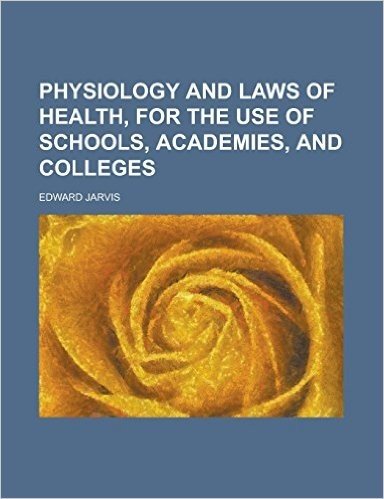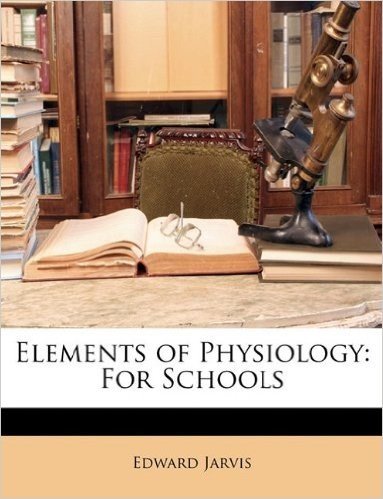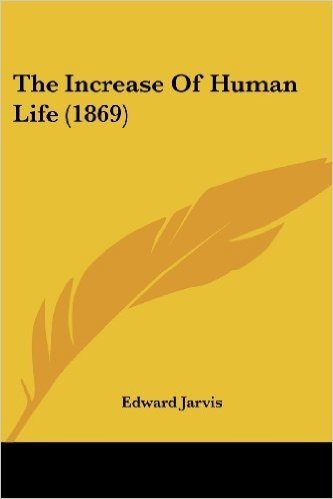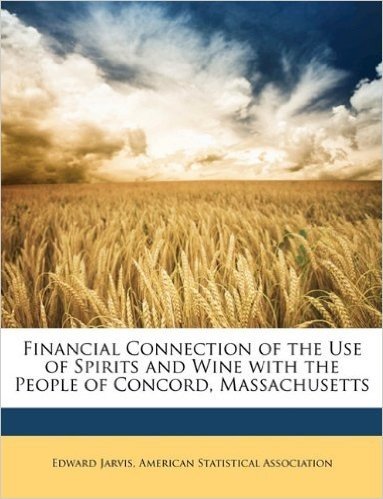Elements of Physiology; For Schools baixar o livro de graça
This historic book may have numerous typos and missing text. Purchasers can download a free scanned copy of the original book (without typos) from the publisher. Not indexed. Not illustrated. 1873 Excerpt: ...if they and a plentiful supply of pure air to breathe, and of purified blood flowing in their arteries. ANIMAL HEAT. CHAPTER XXII. ANIMAL HEAT. 1. Animal Heat permanent.--The heat of our flesh varies little. A thermometer placed in the mouth, in the coldest days of winter, and in the warmest days of summer, stands at about the same degree--98. 2. The temperature of the living body, unlike that of dead bodies, is independent of surrounding objects, and is neither raised nor depressed with them. Our flesh, in winter, is warmer, and, in some days of the summer, is cooler, than the air. 3. Animal heat is not derived from the air, which would rather cool than warm the body, nor from clothing, which has no active power of warming; but it is dependent on the operations which are performed within the living body. Heat is evolved in the process of removing the dead atoms from their places in the textures. 4. Heat from Combustion.--When wood is burned, the oxygen of the air unites with its component elements, --its carbon and its hydrogen, --and forms new compounds--carbonic acid and water. During this process, heat is given out and fire is maintained. This union of oxygen with carbon or hydrogen constitutes what is called combustion, and heat is always evolved by it wherever it may take place. 5. Waste Atoms burned.--The waste atoms of flesh are composed mostly of carbon and hydrogen. The oxygen which is taken from the air into the lungs, unites with the blood, and passes with it, through the arteries, into the capillaries in every part of the body. In these little blood-vessels, the oxygen meets with the waste atoms, and unites with their carbon and hydrogen in the same manner as it unites with the same elements in wood in the fireplace; and then heat is given out, a.
- Edward Jarvis Autor:
- 1130248364 Isbn 10:
- 978-1130248364 Isbn 13:
- Capa comum Páginas de capa mole:
- Rarebooksclub.com Publisher:
- 77 g Peso:
- 77 g Peso:
- 18,9 x 0,2 x 24,6 cm Dimensões e tamanhos:
- Inglês Idioma:
- 32 páginas Livro de capa mole Elements of Physiology; For Schools:
Escolha um formato:
| rating | icon | release | other | uploader | baixar |
|---|---|---|---|---|---|
| 5 |
|
zip Elements of Physiology; For Schools | uho-solder | baixar | |
| 8 |
|
rar Elements of Physiology; For Schools | osamawang | baixar | |
| 10 |
|
exe Elements of Physiology; For Schools | shima | baixar | |
| 8 |
|
apk Elements of Physiology; For Schools | shima | baixar | |
| 5 |
|
ios Elements of Physiology; For Schools | shima | baixar |






















